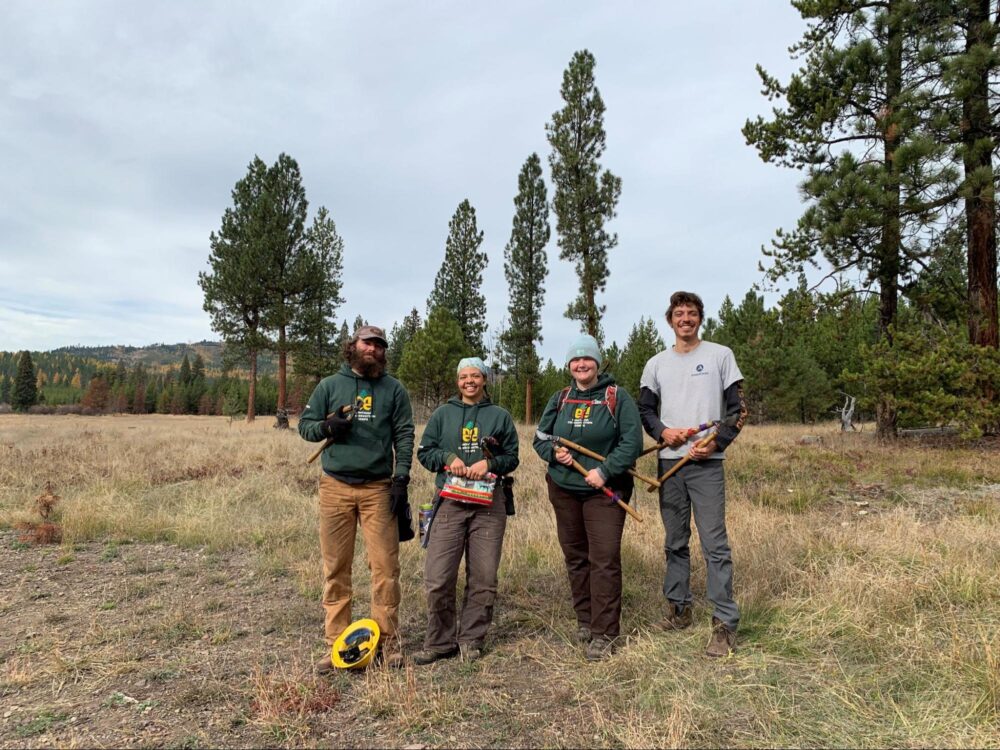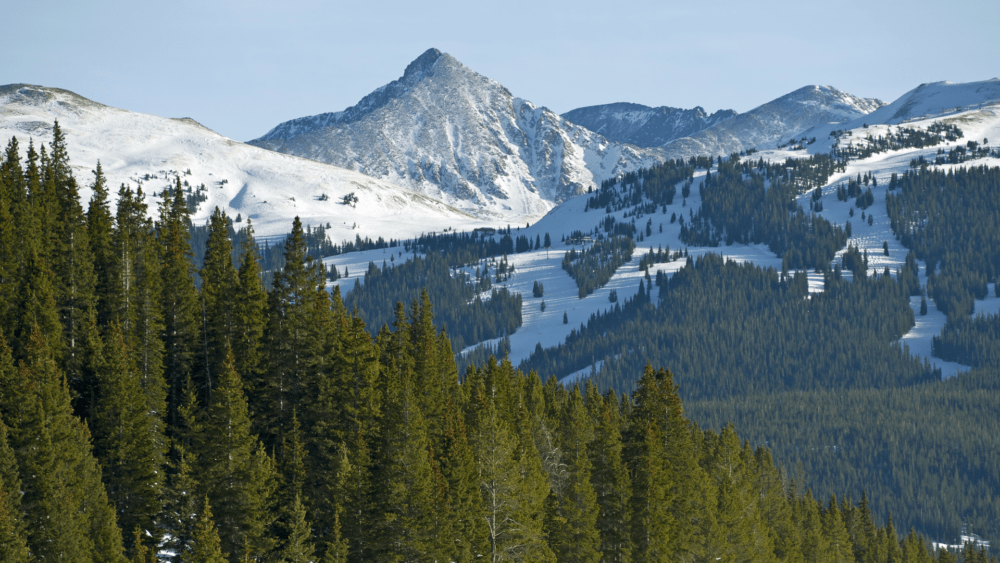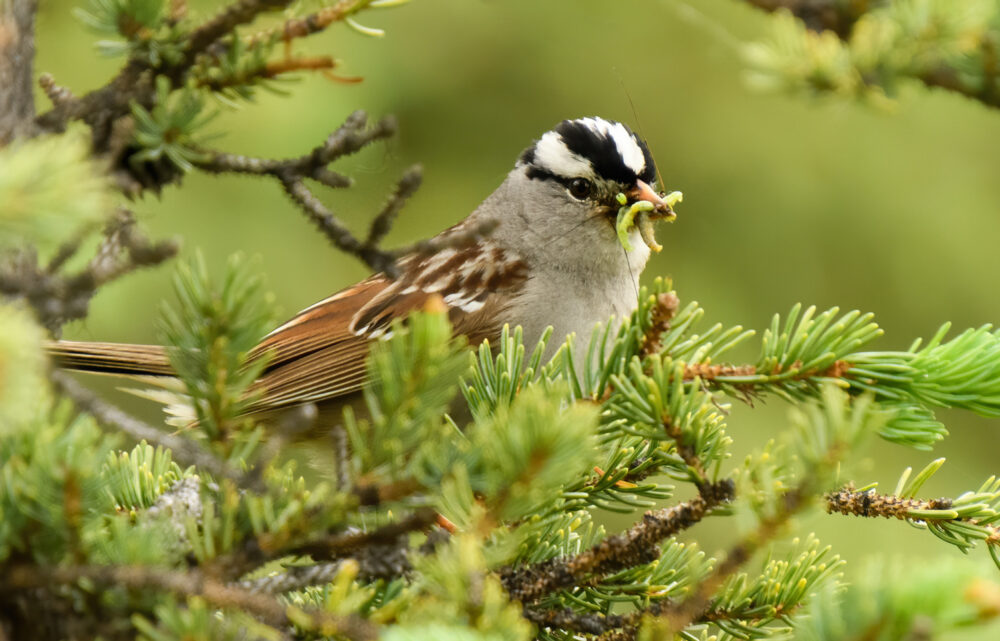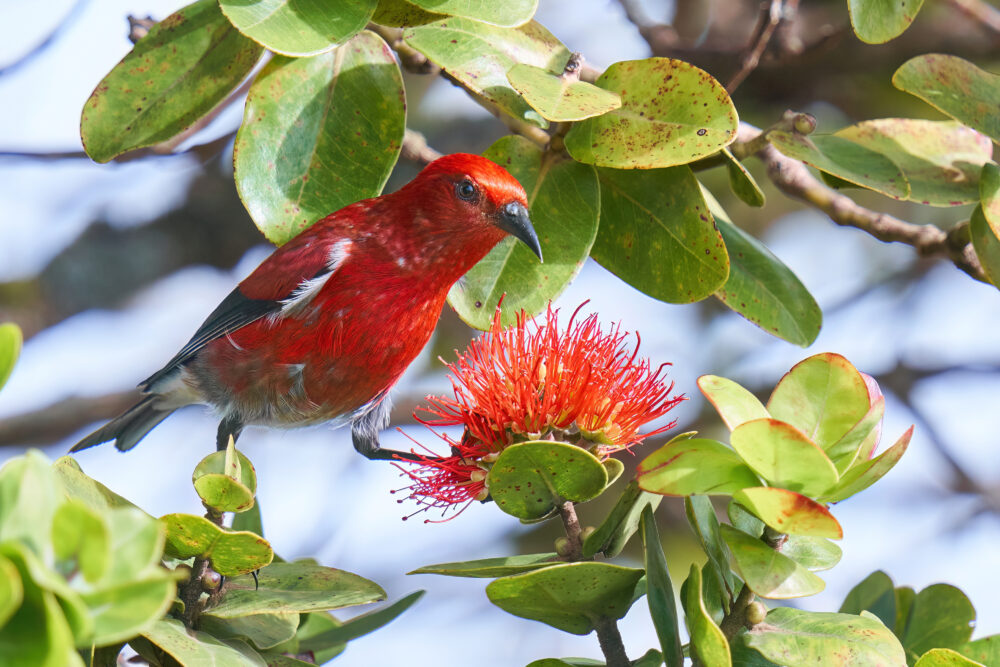We have much more to do and your continued support is needed now more than ever.
A ‘Blizzard’ of Snowy Owls
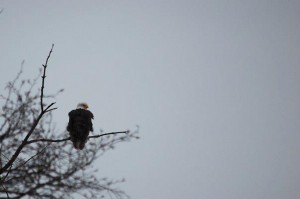
I could not pass up the opportunity to see the owls in the wild. It is an easy drive from Seattle to Boundary Bay. After crossing the border at the Peace Arch I only have a half hour more of driving before finding myself on a gravel covered dike separating the tide flats of the bay from the agricultural fields beyond. The tide flats provide habitat for a wide range of birds. Scanning the beach I see 8 eagles hunting small fish in the shallows. A great blue heron stalks its prey in the small grassy tufts of the tide flat as a trio of brilliant white swans swoop overhead.
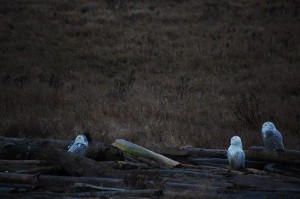
The owls for their part are ignoring most of their now constant paparazzi. Today there are around 18 of the owls sitting on the tangled mess of felled logs and old pilings, a mere 30 feet away from the trail. Snowy owls stand about 2 feet tall and have an average wingspan of around 5 feet. I am close enough to see their golden yellow eyes as they swivel their head in my direction. They range from almost pure white to a heavily speckled grey brown. There is little movement in the group. At times one will stretch a wing or turn its head to gaze inquisitively at something in the distance.
They have been here since December and are predicted to stay through March when conditions should improve enough for them to move on. With the uniqueness of this event it has been well publicized by the local media which in turn has caused crowds to flock here for easy access bird watching. This is an amazing opportunity to help connect people with nature in a way that is accessible to anyone willing to make the drive.
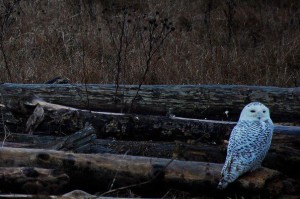
Bird watching is a wonderful way to connect with nature and there are so many different types of birds to enjoy! Learning how to identify birds and be a responsible bird watcher can help you Be Out There and enjoy the birds in your own area!
Don’t forget to ‘like‘ us on facebook for more stories about wildlife and wild places and how you can help protect them!















